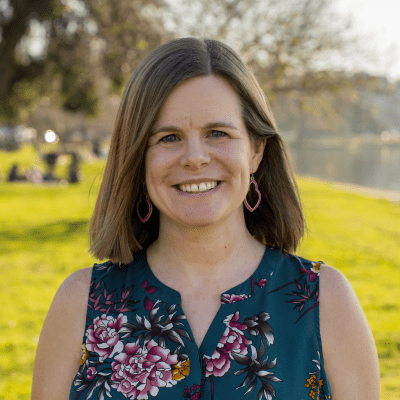
- The region’s huge job and population growth have not been met with equivalent growth in the supply of housing, especially affordable housing subsidized for offer at below-market rates.
- In recent years, there have been massive cuts in federal and state funding for the creation and preservation of affordable housing, including elimination of the state’s redevelopment program. Statewide, these cuts have reduced annual funding for affordable housing by $1.7 billion.
- The affordable housing crisis is the major factor driving increases in the volume and length of daily car commutes that add greatly to the region’s stormwater pollution, air pollution, and greenhouse gas emissions. This extreme lack of affordable housing is also a significant contributor to the multiple growing homeless encampments that increase the flow of trash, bacteria, and other pollution into the Bay.
For the immediate and long-term health of San Francisco Bay, it is critical that we reduce the toxic stormwater runoff and airborne particulates that are a major source of Bay pollution, and house the homeless people whose urban encampments foul the Bay with tons of trash and untreated waste. To address these problems, it is vitally important that we build more affordable housing at greater density along transit lines in Bay Area cities, and this will require that we make meaningful new public investments. There is a critical mass of ballot measures across the Bay Area to fund more affordable housing for low- and middle-income individuals and families. Three of the most important of these measures, which are the focus of the Non-Profit Housing Association of Northern California and its allies, are:
- Alameda County Measure A1, a $580 million bond to preserve and expand affordable housing for seniors, people with disabilities, veterans, low-income families, and homeless people.
- San Mateo County Measure K, which would extend a half-cent sales tax for 20 years to help fund affordable housing for seniors, people with disabilities, veterans, and working families.
- Santa Clara County Measure A, a $950 million bond to expand affordable housing for South Bay veterans, seniors, homeless people, and low-income and working families.
Together, these measures add up to the kind of coordinated regional action that can begin to address our affordable housing crisis on a scale that really matters to the Bay Area and to San Francisco Bay. Building more affordable housing at greater density along urban transit lines will not only reduce Bay pollution, but also reduce development pressures on open space, including baylands. Additionally, more affordable housing will preserve and increase Bay access for low-income families and communities of color that are being pushed to the outskirts of the region, and sustain broad-based support for protecting San Francisco Bay as the commons of the Bay Area. Please make sure to vote for a clean and healthy San Francisco Bay by supporting the Bay Smart Ballot Measures in your area when you mail in your ballot or go to the polls on Tuesday, Nov. 8!
























































